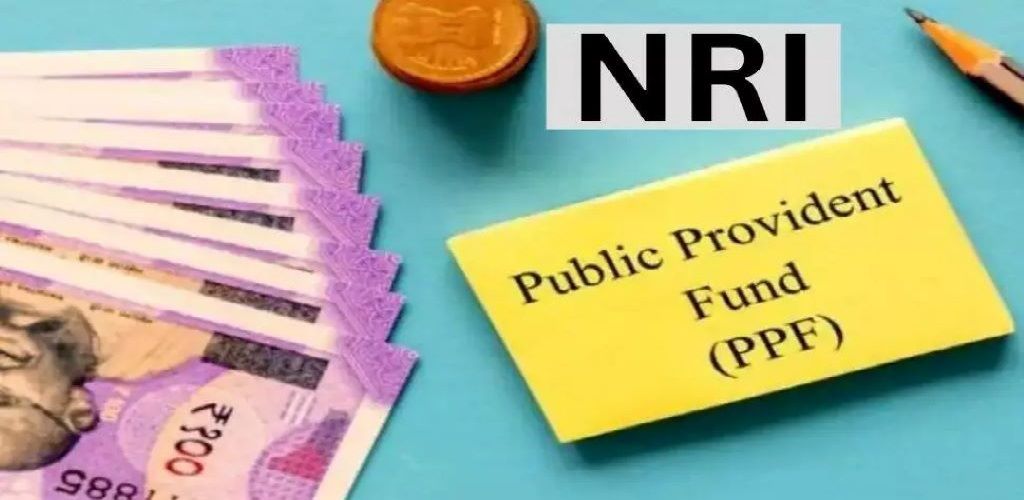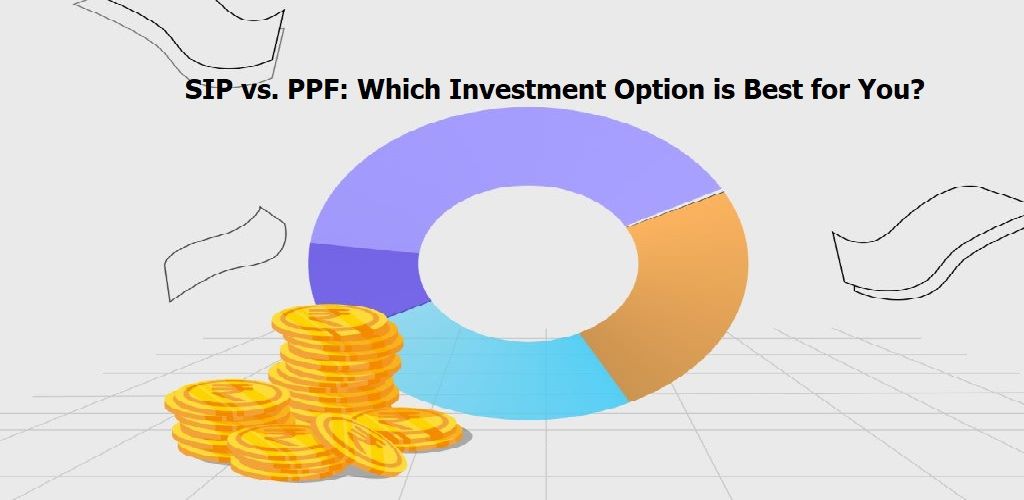Everyone wants to make as much money as they can, right? That’s why people look for various ways to invest and grow their wealth, both in India and abroad. Foreign investments are especially attractive because they can offer good returns. However, investing in other countries can mean paying taxes in multiple places, leading to double taxation. This is where Double Taxation Avoidance Agreements (DTAAs) come into play.
To put it simply, the Double Tax Avoidance Agreement (DTAA) is an agreement between India and other countries to prevent individuals from paying taxes twice on the same income. This agreement helps if you earn income in one country but live in another.
For example, if you live in India but earn income from a business in the USA, normally, you would need to pay taxes on that income both in the USA and in India. However, with a DTAA in place, you either pay tax only in one country or get a credit for the tax paid in one country when filing taxes in the other. This way, you avoid being taxed twice on the same income.
What Is The Objective Behind Double Tax Avoidance Agreement?
The primary aim of the Double Tax Avoidance Agreement (DTAA) is to prevent scenarios where an individual or entity is taxed twice on the same income in both countries. However, beyond merely avoiding double taxation, the central government has several additional objectives for entering into these agreements with foreign governments or specified territories outside India. The DTAA serves multiple purposes, including:
- Granting Relief from Income Tax Liability
The DTAA provides relief from income tax liabilities as per the Income Tax Act, 1961, and the equivalent laws in the foreign country or specified territory. This relief promotes trade, investment, and mutual economic relations between India and the other signatory nations.
- Ensuring Tax Recovery
Another major objective of the Double Tax Avoidance Agreement is to ensure the recovery of income tax under both the Indian Income Tax Act and the corresponding tax laws in the foreign country. This means that tax dues can be efficiently collected in either country, maintaining the integrity of the tax systems.
- Facilitating Information Exchange
One key objective of the Double Tax Avoidance Agreement (DTAA) is to facilitate the exchange of tax-related information between countries. This exchange is crucial for avoiding double taxation and preventing tax evasion. When the information is shared, both countries can better enforce their tax laws and investigate any instances of tax avoidance or evasion.
Benefits of DTAA
Let’s take a look at the potential benefits of a Double Tax Avoidance Agreement.
- Tax Credit
One of the major benefits of DTAA is that taxpayers can claim a credit for taxes paid in a foreign country against their domestic tax liabilities. This prevents the payment of the same tax twice. The DTAA thus facilitates the establishment of businesses abroad and the smooth transfer of revenue. Essentially, you avoid paying taxes twice on the same profit.
- Legal Certainty
Another major benefit is that the DTAA includes specific guidelines for the taxation of international income, which promotes legal certainty. This legal clarity encourages developing countries to attract foreign investments by providing a predictable tax environment.
- Lower DTAA TDS Rules
The DTAA often leads to reduced rates of withholding tax (TDS). For example, interest, dividends, and royalties paid from another country to residents in India may be taxed at a lower rate. This is beneficial for service providers and investors, as it reduces their overall tax burden.
DTAA Rates Applicable for Various Countries
Though there are more than 70 countries for various countries, we’ve listed a few of the Double Tax Avoidance Agreement Rates applicable for different countries.
| Country | TDS Rates |
| Armenia | 10% |
| Australia | 15% |
| Austria | 10% |
| Bangladesh | 10% |
| Canada | 15% |
| Czech Republic | 10% |
| Italy | 15% |
| Nepal | 15% |
| South Africa | 10% |
| Sweden | 10% |
How To Apply DTAA?
If you want to apply the Double Tax Avoidance Agreement (DTAA), be sure to follow these steps;
- Determine Tax Liability as per the Income Tax Act
In the first step, you will need to identify the type of income on which DTAA applies and calculate its tax liability under the Income Tax Act of 1961. This could include income from sources like salaries, interest, dividends, royalties, or business profits.
- Determine Tax Liability under the DTAA
Check if the income falls under specific articles of the DTAA. Each Double Tax Avoidance Agreement has various articles that specify how different types of income are to be taxed. If the income is covered by these articles, calculate the tax liability as per the DTAA provisions.
- Finalize the Tax Liability
Use Section 90(2) of the Income Tax Act to compare the tax liability under the Income Tax Act and the DTAA. Section 90(2) allows taxpayers to choose the provisions that are more beneficial to them. Finalize your tax liability based on the more advantageous option (Treaty Override).
Documents Required for Claiming DTAA Benefits
If you are a Non-Resident Indian (NRI) and wish to claim tax benefits in India based on taxes paid in a foreign country, you need to submit the following documents to the Indian tax authorities:
- Tax Residency Certificate (TRC)
- Indemnity or Self-Declaration Form
- Self-Attested Copy of PAN Card
- Self-Attested Visa
- PIO Proof Copy (to validate your nationality)
- Self-Attested Copy of Passport
Additionally, to claim tax benefits under the DTAA agreement, you must provide the TRC to the tax deductor. Here’s the process:
Apply for Tax Residency Certificate (TRC):
Under Sections 90 and 90A of the Income Tax Act, apply for the TRC by submitting Form 10FA to the relevant tax authority.
Issuance of TRC:
Once your application and verification are processed successfully, your certificate will be issued in Form 10FB.
Frequently Asked Questions
Listed below are the frequently asked questions related to the Double Tax Avoidance Agreement.
DTAA covers different types of income like capital gains, salary, savings in fixed deposit accounts, and property income.
NRIs can claim tax exemption or credit for income earned in India based on the terms mentioned in the Double Taxation Avoidance Agreement (DTAA) with their resident country. However, these terms may differ for each country.
Under DTAA, NRIs don’t have to pay tax twice on income earned from services provided in India, salary received in India, house property located in India, capital gains from assets in India, fixed deposits, and savings bank accounts in India.
India has signed Double Taxation Avoidance Agreements (DTAA) with a total of 88 countries, out of which 86 are currently in effect. These agreements establish tax rates and jurisdiction for transactions between individuals or entities in these countries.
The rates and rules of DTAA vary from country to country, depending on the agreement signed between both parties. Typically, TDS rates on interests earned range from 7.50% to 15%, with most countries having rates of either 10% or 15%.







